The gaming handheld market has truly boomed in the last few years, propelled by the success of the original Nintendo Switch. For a while, power alone was enough to make PC gaming handhelds more appealing, but with the Switch 2 now on the market and outshining most of the alternatives, it's become apparent to me once again that Lenovo was the only one to ever come close to delivering the same vision as Nintendo.
The Lenovo Legion Go is, in fact, the only gaming handheld that truly tries to replicate the Switch formula while improving upon it, and while it's not quite as good as the Switch 2 to me, it still comes the closest to delivering that vision. In fact, it seems to have inspired the main new feature of the Switch 2.
Detachable controllers
Versatility is a big component
With how successful the original Nintendo Switch was and how many competitors popped up inspired by it, it's surprising to me that so few of them tried to really replicate what Nintendo did. With the Switch, it was never just about being a handheld device that was more powerful than before. It's the versatility you get out of the box with no fuss that truly makes Nintendo's console special.
No other PC gaming handheld really gives that same feeling, but Lenovo got the closest with the Legion Go for one very simple reason: the detachable controllers. This is a huge part of what makes something like the Nintendo Switch and the Legion Go so appealing. You can use it on your hands, yes, but these are relatively heavy devices that can get tiring to hold for a while. So, why not remove the controllers and prop up the screen to play more comfortably?
In fact, the Lenovo Legion Go is actually better for this than the Switch 2, and especially with the original Switch. With a much larger screen, it becomes that much easier to see what's happening in a game without having to lean forward and squint to try and make things out. For reference, the Legion Go has an 8.8-inch display, while the Switch 2 has a 7.9-inch panel and the original Switch had a measly 6.2-inch screen.
It's baffling to me that no other PC gaming handheld, or at least not a relevant one, has tried this. The OneXplayer X1 series does have detachable controllers, but even then, you need to separately buy the wireless communicator to actually use them; it's not normally included with the system. Lenovo actually understood the assignment and took the right approach here.
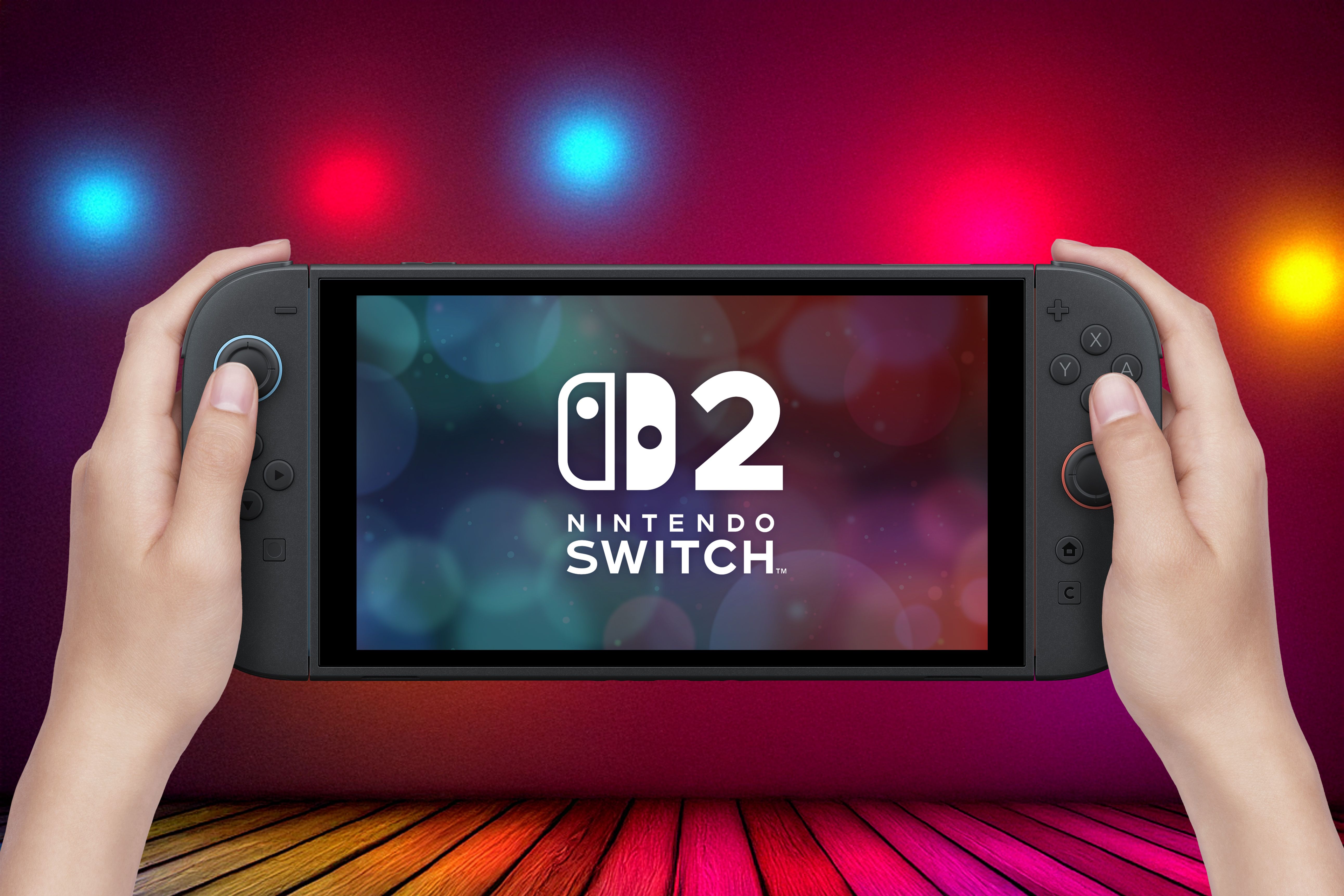
Related
5 things PC gaming handhelds can learn from the Nintendo Switch 2
Nintendo may be charging too much, but there's a lot to love with the Switch 2
Mouse mode
Even before Nintendo did it
The big Switch 2 headlining feature, particularly when it comes to the controllers, is mouse mode. While mouse sensors are nothing new, Nintendo's implementation is still unique in that you can use it along with console-style controls, and you have the option to use two or more mice at the same time. But at least one part of that was actually inspired by Lenovo's Legion Go.
Lenovo was seemingly the first company to think that we needed more than a touchpad and analog sticks for an ideal control method in games, and truthfully, the company was right. On the Legion Go, the right-hand controller features a mouse sensor at the bottom, so instead of laying the controller flat, you stand it up (a proper stand is also included), and some extra buttons are there to give you extra controls while using it this way.
I remember testing this with Powerwash Simulator and it felt pretty great to use. First-person games, whether it's shooters or other genres, benefit tremendously from a setup like this, but it's also great for simulation-type games like Sid Meier's Civilization VII, or even more unique titles like Capcom's Kunitsu-Gami: Path of the Goddess. Touchpads can close the gap on devices like the Steam Deck, but a proper mouse sensor is just better, and Lenovo did it even before the Switch 2. Now, it and Nintendo are the only two companies to offer this kind of experience.
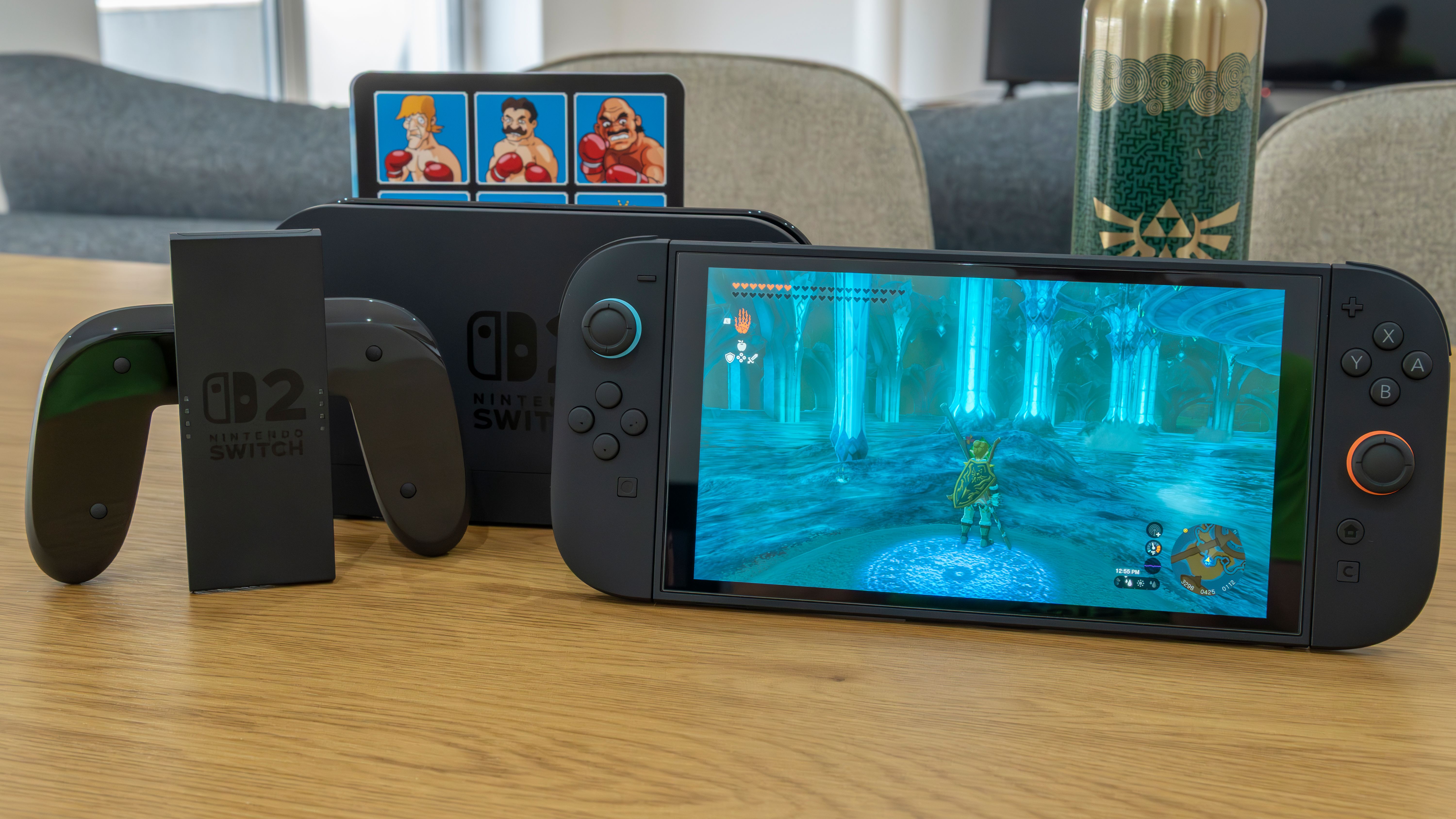
Related
3 features I need the Steam Deck 2 to copy from the Switch 2
I love the Steam Deck, but the next version could take a few notes from the Switch 2.
It's only getting better
A Legion Go 2 is coming
The Lenovo Legion Go is already pretty great, but thankfully, the company isn't resting on its laurels, and a sequel is coming in the future. Lenovo announced the Legion Go 2 earlier this year at CES, and while we didn't get to see a finalized version yet, the prototype we saw is looking fairly promising.
Lenovo has made the controllers more rounded and ergonomic, the D-pad will be improved, and the build quality overall is more premium. That's all we really know so far, but that's already a huge step towards making an excellent gaming handheld considering the base Legion Go was already great.
Seemingly, there's still only one mouse sensor, so it's not quite on the same level as the Switch 2, but Windows wouldn't be able to support two mice in that kind of setup anyway. I still believe this is the most interesting PC gaming handheld out there.
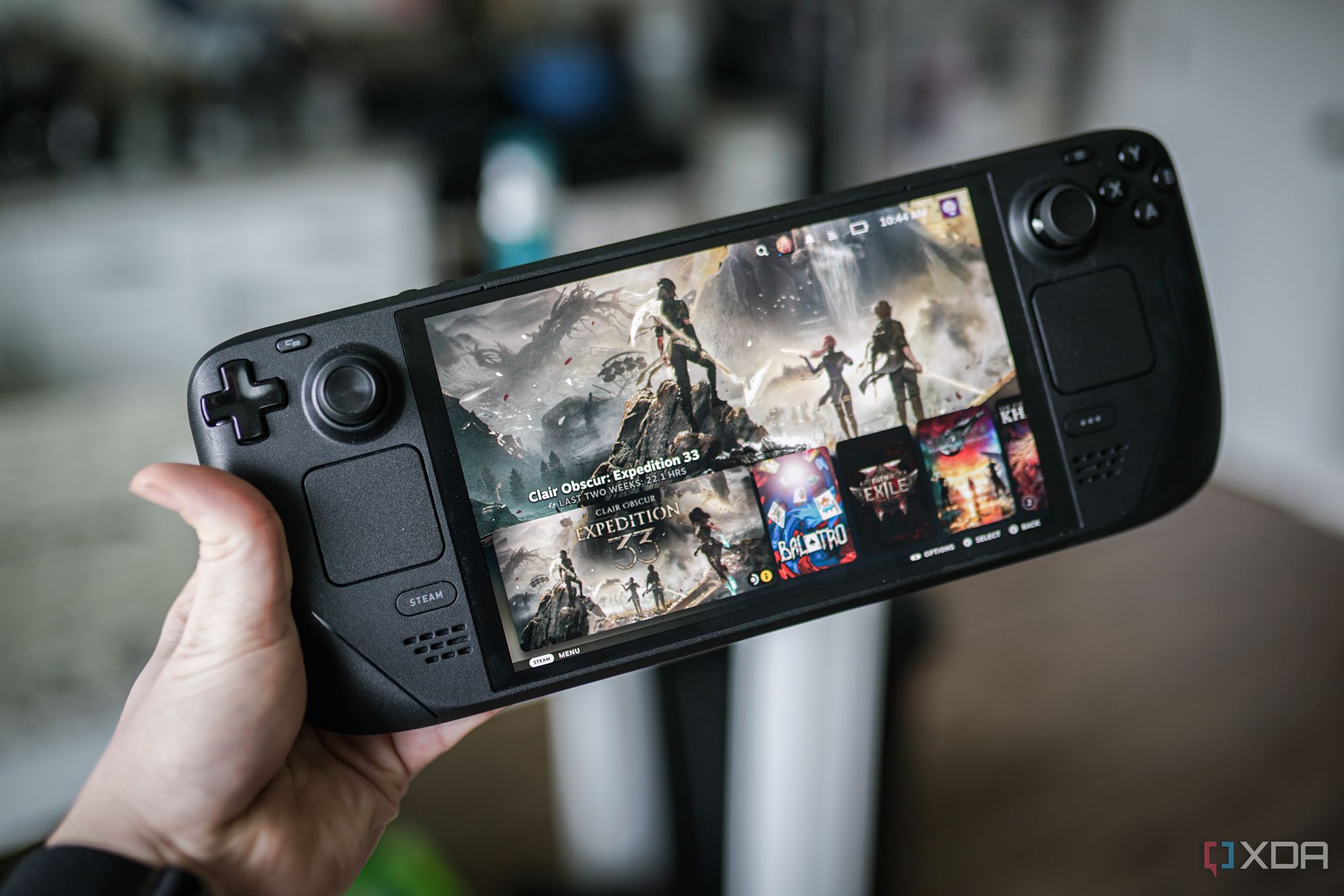
Related
I just don't care about the Steam Deck 2 anymore
The Steam Deck's sequel won't revolutionize the industry in the same way the original did.
But it's not perfect
It's hard to match Nintendo
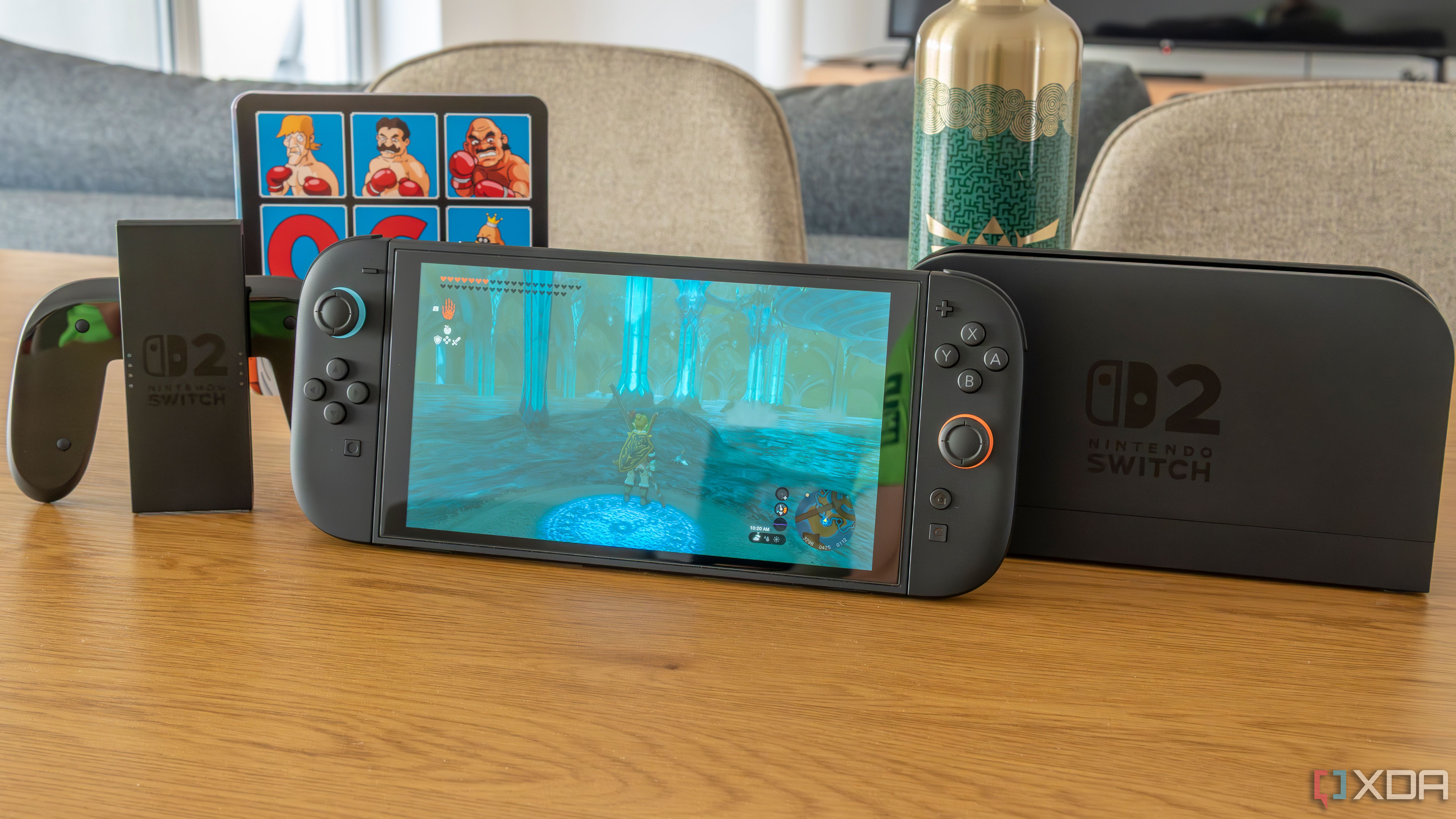
While the Lenovo Legion Go and Legion Go 2 are great, and the controllers get pretty close to replicating that Switch 2 feel, there's still something missing here. For one thing, as I mentioned, the Switch 2 does have the unique distinction of having two mice right out of the box, and supporting even more.
The real kicker, though, is the dock. Like other PC gaming handhelds, the Lenovo Legion Go doesn't come with one, meaning if you want to use a bigger screen for your games, you'll need to buy an adapter yourself. The Switch 2, on the other hand, is a fully versatile experience right out of the box, allowing you to seamlessly connect to a TV or larger screen. Even if you buy a dock separately for the Legion Go, chances are the experience won't be as seamless, as Windows takes a bit longer to detect external displays and make a seamless transition.
Then, of course, there's the games. No matter how good the hardware is, the Lenovo Legion Go simply doesn't have Nintendo's signature exclusive games, which are one of the biggest reasons to buy a Nintendo console in the first place. For that reason, I definitely still prefer the Switch 2. Not to mention it's a significantly cheaper piece of hardware.
Lenovo is almost there
While it's not quite enough for me to replace my Switch or Switch 2, the Lenovo Legion Go remains one of the most interesting PC gaming handhelds conceptually, and it comes the closest to replicating the versatility and magic of Nintendo's consoles. If the company keeps producing these devices, I could see them evolve in even more interesting ways to stay at the top of the game. I'm very curious to see the finalized version of the Legion Go 2, especially if it eventually gets a SteamOS version like the Legion Go S did.
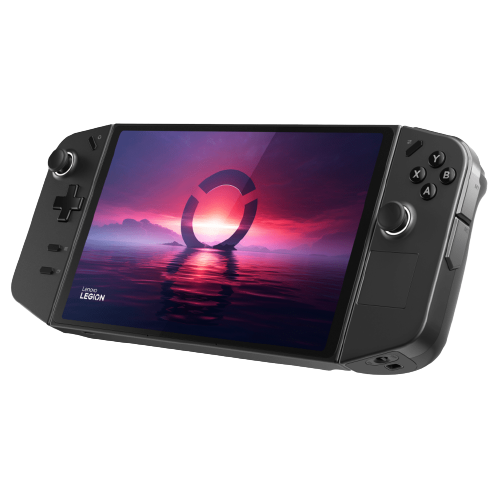
Dimensions Starting at 8.27 x 5.15 x 0.79 inches (210.05 x 130.81 x 20.06mm)
Weight Starting at 1.41 pounds (640 grams)
Chipset Up to AMD Ryzen Z1 Extreme (8 cores, 16 threads, up to 5.1GHz, 16MB L3 cache)
RAM 16GB LPDDR5x 7500Mhz
The Lenovo Legion Go might be one of the most interesting gaming handhelds yet, boasting a giant 8.8-inch display with a 16:10 aspect ratio. It also has detachable controllers, including one that has a trackpad that you can use as a mouse.
.png)
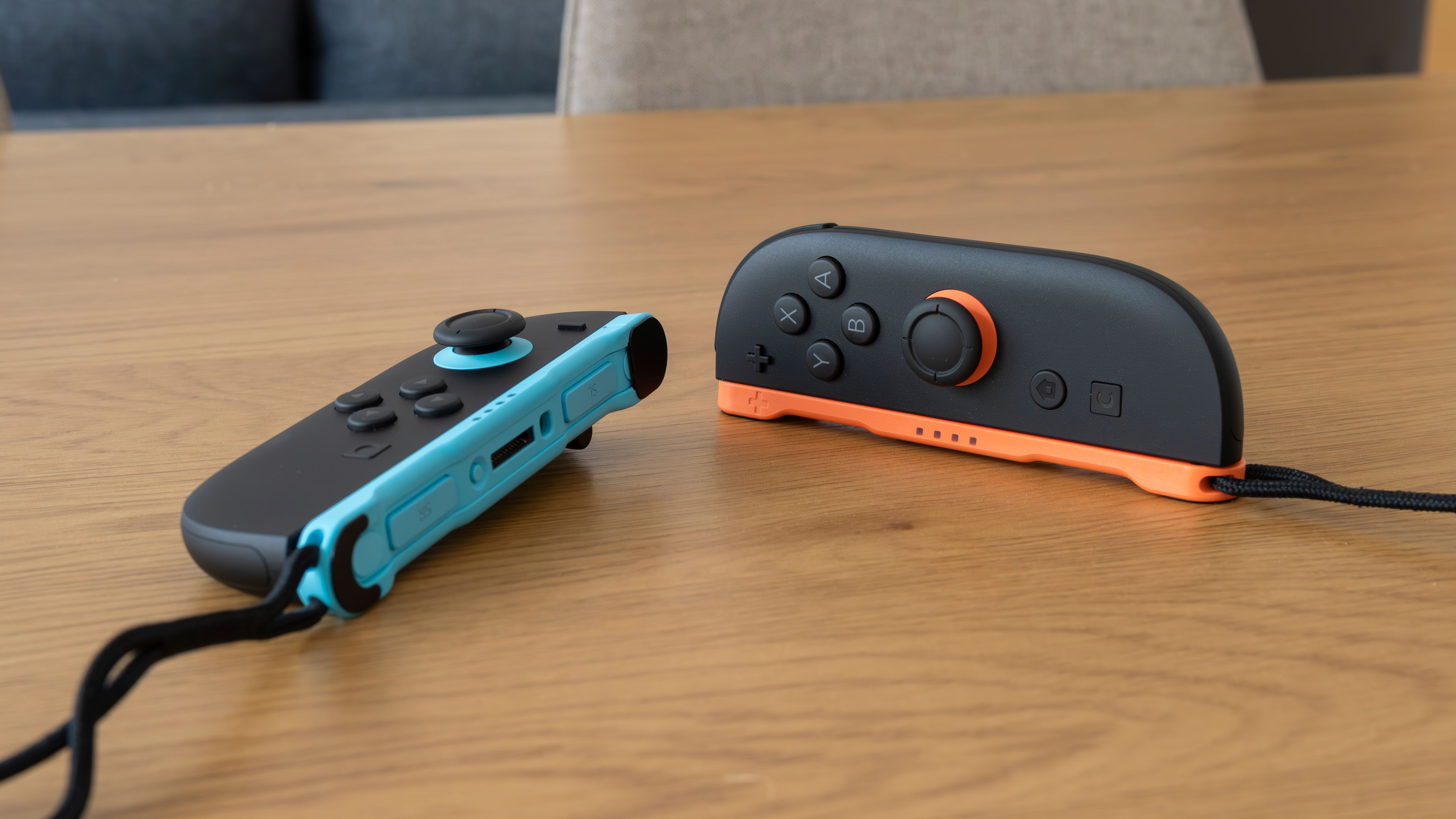




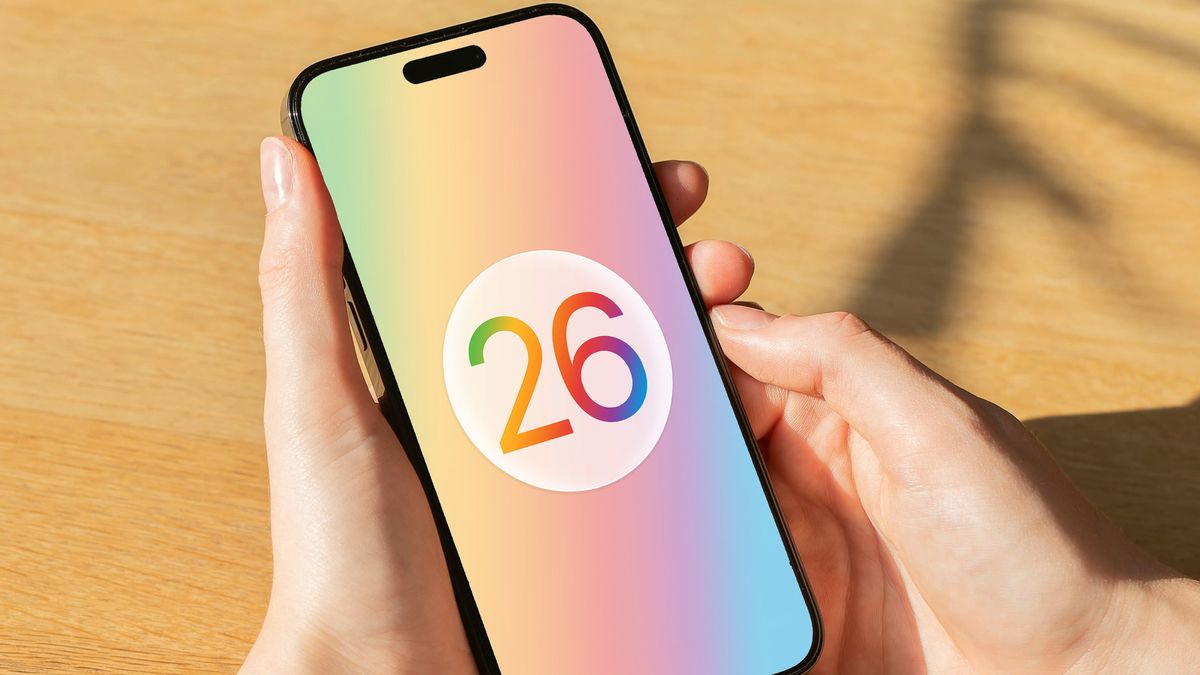





 English (US) ·
English (US) ·